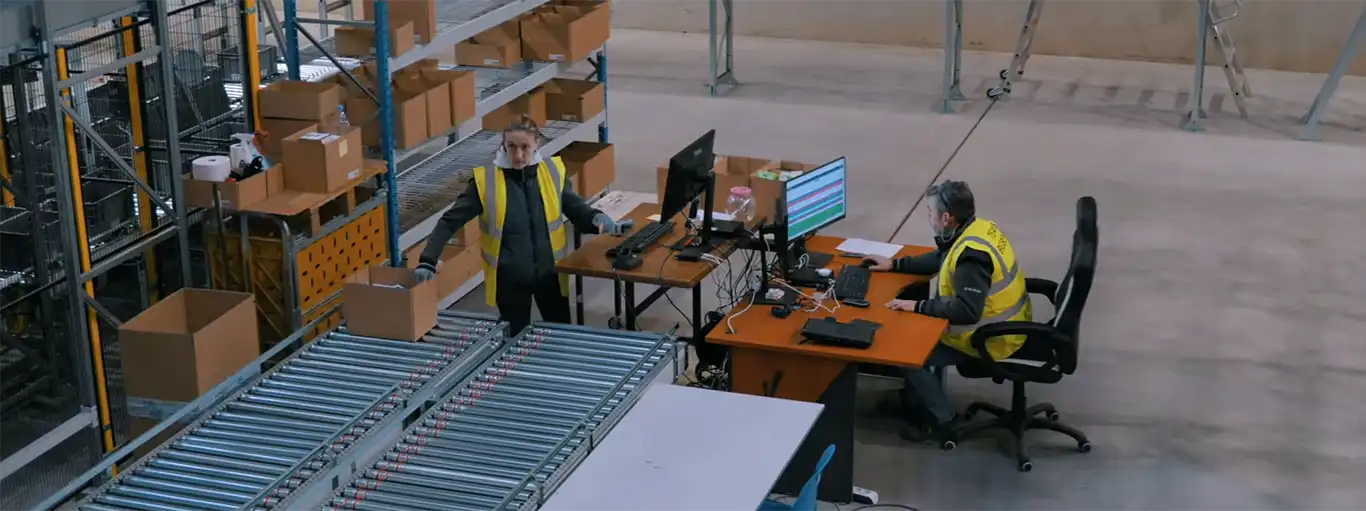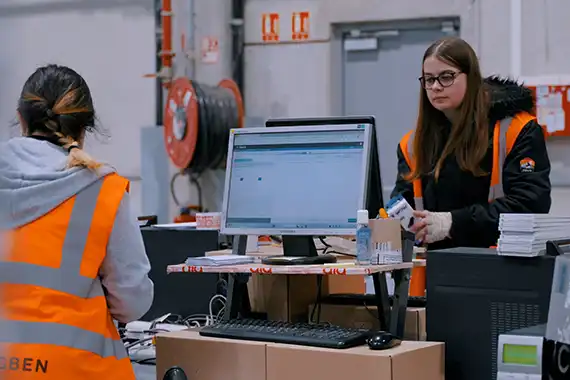Why is WMS becoming increasingly important?
Current logistical constraints leave no room for approximation; WMS provides concrete answers:
A lever, not just a tool
Let’s be honest: WMS does more than just improve what already exists. It transforms the way a company operates. It enables you to reach a milestone that the organization alone would struggle to achieve. It is an accelerator, not just an assistant.
Seamless integration into the ecosystem
WMS does not operate in isolation. It integrates naturally into the existing IT environment. It exchanges data with the ERP, TMS, CMS, and sometimes even with automated warehouse equipment.
Thanks to these connections, it orchestrates operations seamlessly: it knows what to prepare, where to find it, how to move it, and guides operators step by step. This level of precision allows processes to be standardized, while meeting regulatory requirements with greater rigor.





